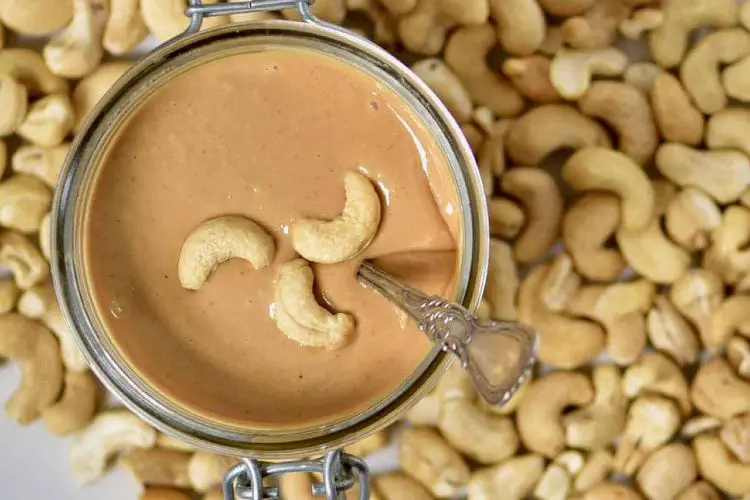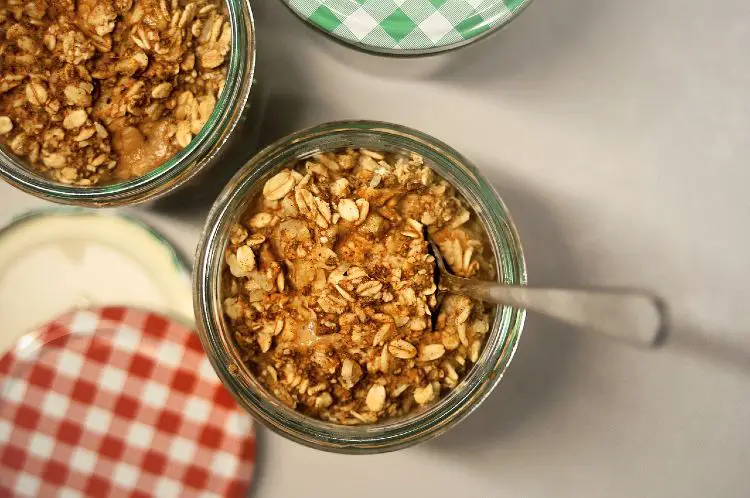What Does Plain Yogurt Taste Like?
Quick Answer
Plain yogurt has a tangy, slightly sour taste with a creamy texture, which comes from the fermentation of milk by bacterial cultures. The flavor can vary depending on the type of milk used and any additional ingredients like fruit or sugar. Non-dairy yogurts made from plant-based milks offer different flavors and textures, ranging from nutty to creamy.
What is Yogurt?
Plain yogurt is a fermented dairy product made by adding specific bacterial cultures to milk, which then ferments the milk sugars, producing lactic acid. This process thickens the milk and gives it a tangy, slightly sour taste.
Unlike flavored yogurts, plain yogurt contains no added sugar, fruit, or artificial flavors, making it a versatile ingredient for both sweet and savory dishes.
What Does Plain Yogurt Taste Like?
Tangy and Slightly Sour Flavor
The most defining characteristic of plain yogurt is its tangy and slightly sour flavor. This taste is what distinguishes yogurt from fresh milk or cream. If you’re new to eating plain yogurt, the tanginess might be the first thing you notice-it’s a flavor that can be surprisingly bold, especially if you’re accustomed to sweetened or flavored yogurts.
The Role of Lactic Acid in Creating This Taste
The tangy taste of yogurt is primarily due to the presence of lactic acid, which is produced during the fermentation process. When bacterial cultures are added to milk, they consume the lactose (milk sugar) and convert it into lactic acid.
This not only thickens the milk, creating the yogurt’s creamy texture, but also lowers the pH, giving yogurt its characteristic tang. The lactic acid serves a dual role: it helps preserve the yogurt and provides much of its distinctive taste.
The Influence of Milk Type (e.g., Cow, Goat, Sheep) on Taste
The type of milk used to make yogurt can significantly influence its taste. Cow’s milk is the most commonly used and produces a relatively mild yogurt. Goat’s milk yogurt often has a stronger, more robust flavor that some describe as ‘goaty’ or ‘earthy.’
Sheep’s milk yogurt is rich and has a slightly sweeter and nuttier flavor compared to cow and goat milk yogurts. Each type of milk brings its own set of fats, proteins, and natural sugars, which interact with the bacterial cultures in unique ways to produce different flavors.
Texture and Its Influence on Taste
Creamy Nature of Yogurt
One of the most appealing aspects of yogurt is its creamy texture. This smooth and velvety consistency is achieved through the fermentation process, where the bacterial cultures convert milk sugars into lactic acid, causing the milk proteins to coagulate and form a thicker substance.
The creaminess of yogurt not only makes it delightful on the palate but also contributes to the overall experience of its taste. Creaminess can make the tanginess feel less sharp, creating a balanced, satisfying mouthfeel.
Variants like Greek Yogurt, Skyr, and How They Differ in Texture and Taste
Different types of yogurt, such as Greek yogurt and Skyr, offer variations in both texture and taste due to their unique production methods. Greek yogurt is notably thicker because it is strained to remove excess whey, resulting in a yogurt that is creamier and denser. This often amplifies the richness while toning down the tanginess, making it ideal for both savory and sweet dishes.
Skyr, an Icelandic yogurt, is even thicker than Greek yogurt and is often compared to soft cheese. It’s made from skim milk and is strained more than Greek yogurt, giving it a high protein content. Skyr tends to be less tangy than regular yogurt but maintains a smooth, almost buttery texture.
FAQs
Does All Yogurt Taste The Same?
No, the taste of yogurt can vary depending on various factors like the type of milk used, bacterial cultures, and additional flavorings. For example, goat’s milk yogurt tends to have a stronger, earthier flavor compared to cow’s milk yogurt.
Is Flavored Yogurt As Tangy As Plain Yogurt?
A: Generally, flavored yogurt is less tangy than plain yogurt due to the addition of sweeteners and flavors that mask or temper the natural tanginess.
Can I Make Yogurt Less Tangy?
Yes, you can reduce the tanginess by adding sweeteners like honey, sugar, or fruit, or by mixing it with other less tangy ingredients like cream or milk.
How Does Greek Yogurt Differ In Taste From Regular Yogurt?
Greek yogurt is usually thicker and creamier, with a richer taste that is often less tangy than regular yogurt. This is because it is strained to remove excess whey.
How Does The Fat Content Affect The Taste Of Yogurt?
Higher fat content generally makes yogurt creamier and richer, which can balance out its natural tanginess. Low-fat or fat-free versions may taste sharper or more acidic.
What Gives Some Yogurts A “Chalky” Taste?
A chalky taste in yogurt can come from the type of protein used or from certain stabilizers or additives. It’s more commonly found in non-dairy yogurts or in yogurts with added protein.
Does The Fermentation Time Affect The Taste?
Yes, a longer fermentation time can result in a tangier, more sour yogurt, while shorter fermentation periods produce milder flavors.
Can I Use Yogurt Past Its Expiration Date, And Will It Affect The Taste?
While it’s always best to follow food safety guidelines, yogurt can sometimes be used a short time past its expiration date. However, it will likely be tangier and may have a stronger, more fermented taste.
What Does Plain Yogurt Smell Like?
Plain yogurt has a mildly tangy aroma, reflective of its acidic nature due to the fermentation process. The scent can vary slightly depending on the type of milk used but generally leans towards a clean, milky fragrance mixed with a tart undertone. This aroma is much subtler than strongly fermented foods like sauerkraut or strong cheeses, making it generally pleasant and not overly intense.
Why Does Plain Yogurt Taste Sour or Tangy?
Plain yogurt tastes sour because of the presence of lactic acid, a byproduct of the fermentation process. When bacterial cultures are introduced to milk, they consume the lactose (milk sugar) and convert it into lactic acid. This lowers the pH level of the mixture, making it more acidic, and hence, giving yogurt its characteristic sour or tangy taste.
What Is The Difference Between Plain Yogurt And Curd?
Both plain yogurt and curd are fermented dairy products, but there are some key differences. Yogurt is usually made with specific bacterial strains (often Lactobacillus bulgaricus and Streptococcus thermophilus), resulting in a consistent taste and texture.
Curd, on the other hand, is often made by adding a small amount of already fermented milk to fresh milk and letting it ferment naturally, which can result in a more variable flavor. Additionally, yogurt is usually fermented at a controlled temperature, which makes its texture smoother than curd.
Does Plain Yogurt Taste Like Sour Cream?
While plain yogurt and sour cream both have a tangy flavor due to their acidic nature, they are not identical in taste. Sour cream usually has a higher fat content, making it richer and creamier.
This added richness often mutes some of the tanginess, making sour cream milder in flavor compared to plain yogurt. However, in recipes, the two are often interchangeable, especially if you’re looking to cut down on fat content.
What Does Plain Yogurt Dessert Taste Like?
Desserts made with plain yogurt typically have a tart backbone that pairs excellently with sweet elements. For example, yogurt parfaits layered with fruit and honey showcase a delightful interplay of tangy and sweet.
In baked goods, like yogurt muffins or cakes, the tanginess usually becomes more subdued but adds a depth of flavor that complements the sweetness. Overall, plain yogurt in desserts often serves as a counterbalance to sweetness, adding complexity and richness.
What Tastes Best With Plain Yogurt?
Plain yogurt is incredibly versatile and pairs well with a variety of flavors. For a sweet approach, fruits like berries, banana slices, or apple chunks go well. Drizzles of honey, maple syrup, or a sprinkle of cinnamon can also enhance its flavor.
On the savory side, herbs like dill or mint can be mixed in for a refreshing dip. Spices like cumin or paprika add a warm, savory touch, making it suitable as a side for grilled meats or vegetables. Granola or nuts can add a crunchy texture, making it a more satisfying snack.




